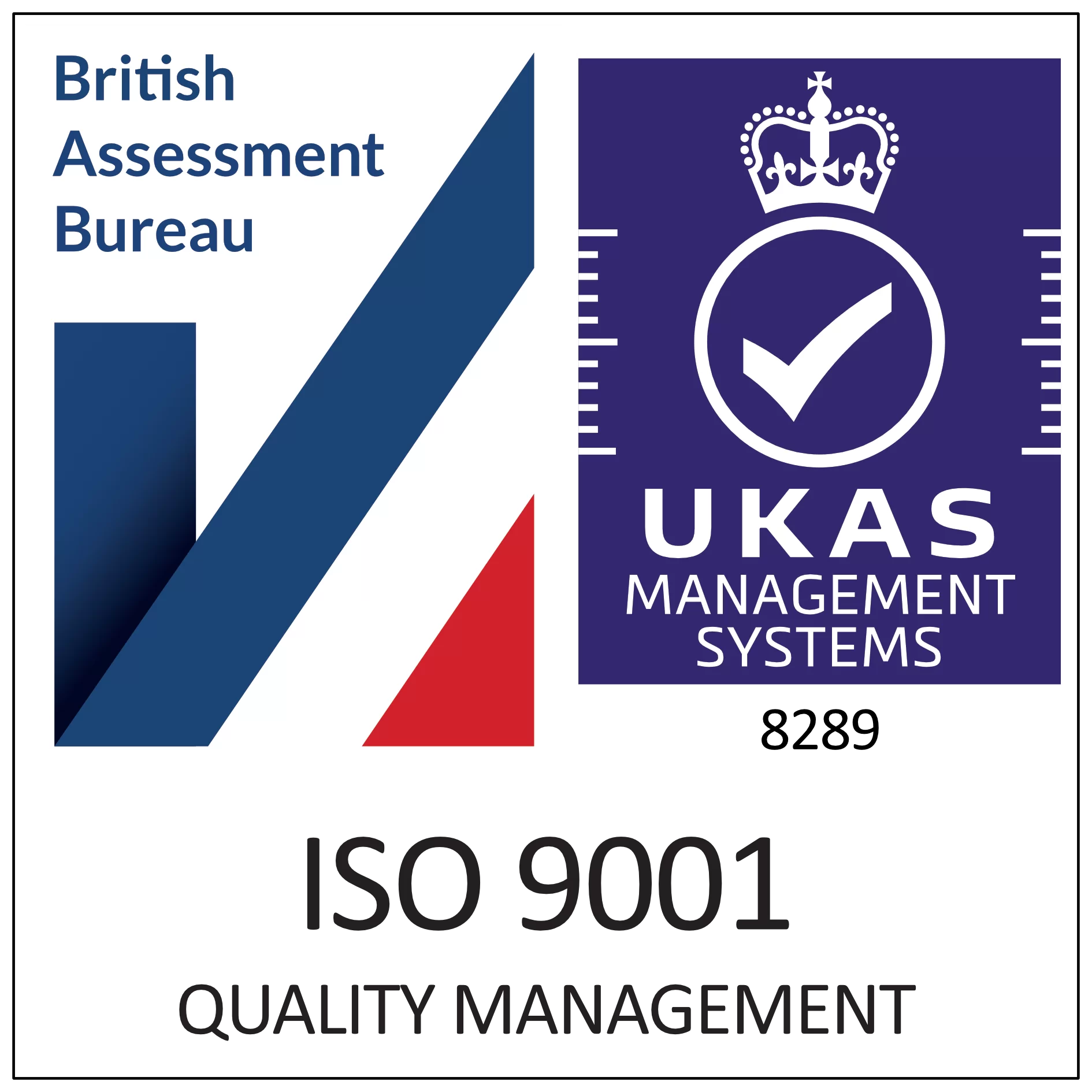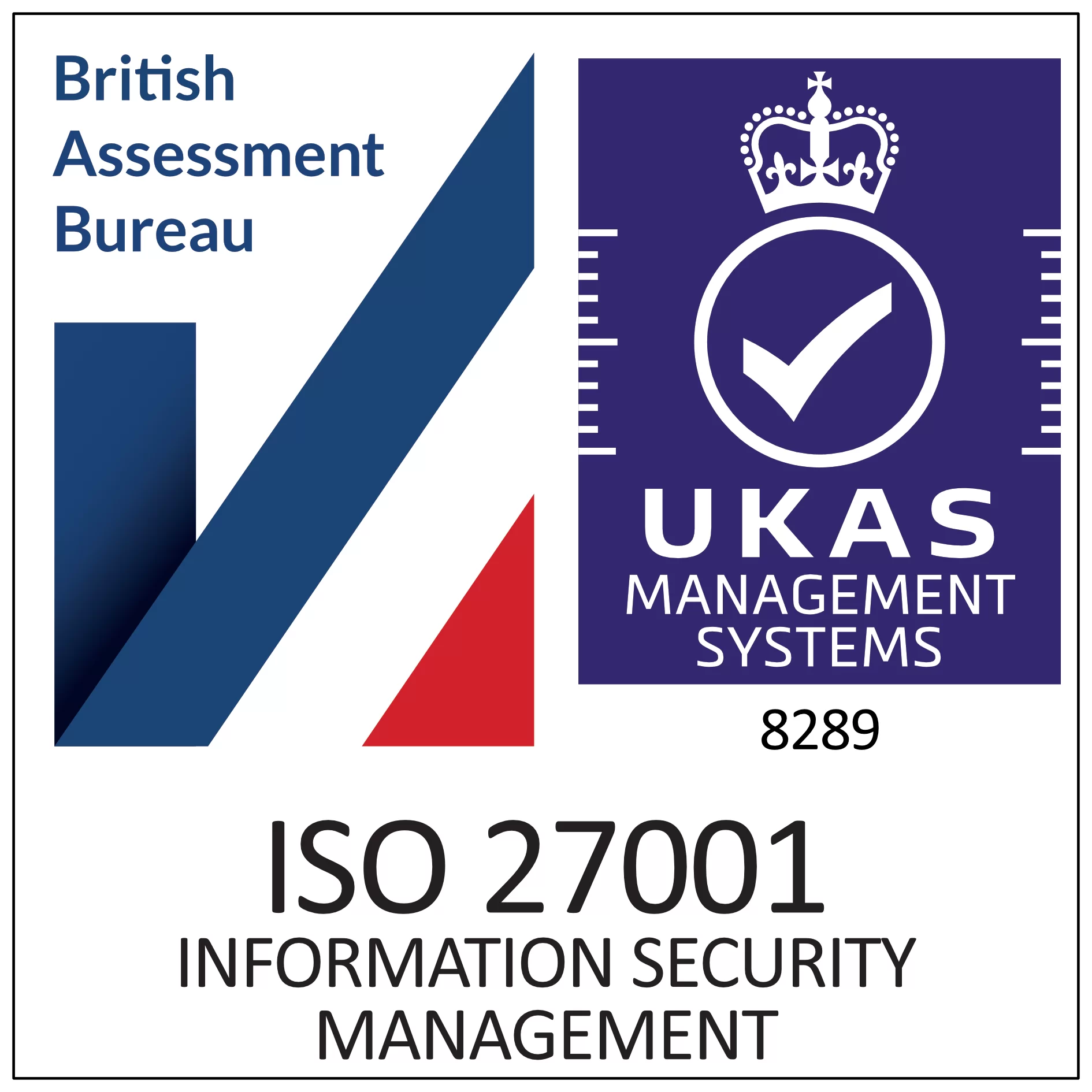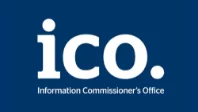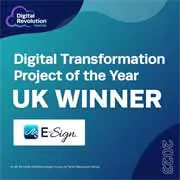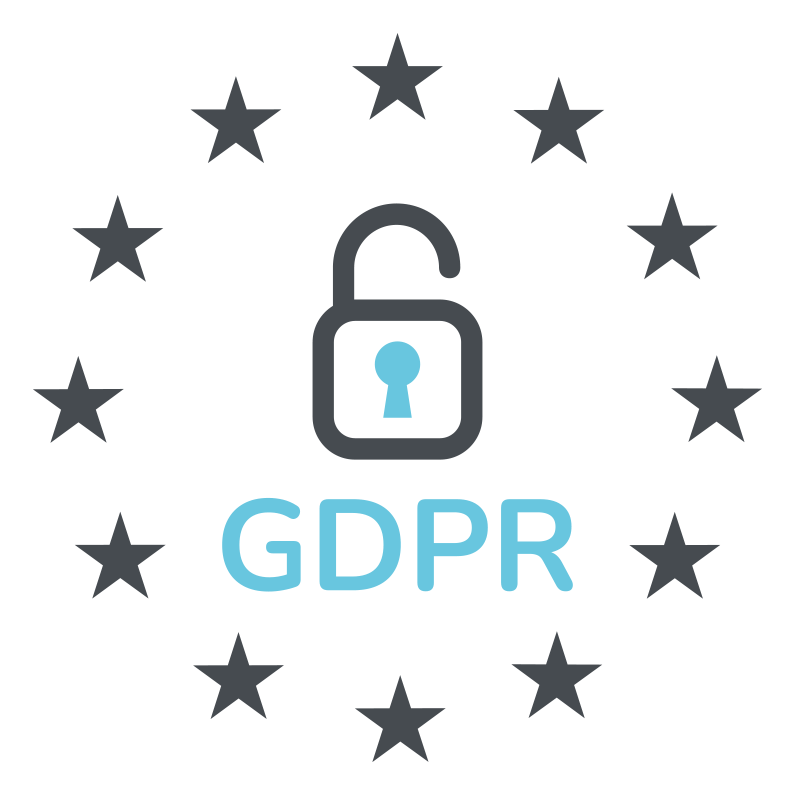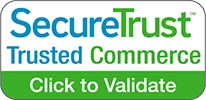What are the Types of Electronic Health Records (EHRs)?
PUBLISHED
3rd June, 2025
Electronic health records (EHRs) are invaluable tools for modern healthcare organisations, improving the experience for patients and staff. These digital records allow providers to share and provide key details about patients and their health, ensuring the best possible care or treatment.
This article explores the different electronic health record types and their use and users.
Introduction to electronic health records
Before we break down the types of electronic health records, we should first establish what we mean by the term ‘electronic health records’.
Electronic health records, commonly known as EHRs, are digital files that compile a person’s medical details in one accessible place. They include everything from past illnesses and treatments to test results, prescriptions, and doctor’s notes.
EHRS, stored securely on computer systems, either in-house or online, makes it easier for healthcare professionals to view and update patient information in real time. This modern approach replaces paper charts and supports more accurate, efficient, and connected care.
Types of electronic health records
There are two types of EHRs in the UK healthcare system, containing slightly different information and serving different purposes.
Electronic patient records (EPRs)
Electronic patient records consist of digitised versions of patient medical data. They include data from all clinicians and healthcare organisations involved in a patient’s care. GP surgeries, hospitals, and other healthcare organisations use EPRs to manage patient data. The information contained within these records typically includes:
- Medications and treatment plans
- Test results and scan images
- Diagnoses and allergies
- Main healthcare provider (typically the patient’s GP) contact information
- Vaccination records and dates
This means that primary and secondary care providers communicate and collaborate more seamlessly, saving time and ensuring accurate and effective patient treatment. EHRs give a broad view of a patient’s medical situation and enable access to key data for all providers involved in that patient’s care.
Additionally, this is very beneficial for the patient, as if they visit a new healthcare organisation, they don’t need to provide any paperwork, and all their details are readily available.
Patient health records
Patient health records (PHR) are patient-centred records; patients, rather than healthcare professionals, create and manage the data. PHRs contain the same data as EHRs, including medications, diagnoses, vaccination records, family medical history, and provider contact information. Patients can collate PHR data from multiple sources, such as:
- The EHR from healthcare providers, including GPs and hospital records
- Manual data entry, e.g., over-the-counter medications, health data from an Apple Watch or Fitbit, etc
These types of records give patients more control over their healthcare journeys, allowing them to make informed decisions based on their medical records in a private and transparent environment. As well as demographic and medical data, PHRs also contain behavioural and lifestyle data reported by the patient, giving a complete view of their health information. PHRs are the ideal example of the philosophy of ‘patient-centric care’.
Patient portals
Patient portals are a type of PHR that is connected to an EHR system. This allows patients to access their clinical data through a secure website. Patient portals have become more widely implemented in the NHS because of their important potential in streamlining the delivery of patient-centred healthcare services. An example of a patient portal is the NHS app, which includes features like secure messaging, test results, appointment schedules, clinician notes, and more.
Types of electronic health record systems
Healthcare organisations can use different types of systems when implementing EHRs. These are:
- On-premise – this involves software being installed and managed on the healthcare providers’ own servers.
- Cloud-based – a cloud host provides the software, and users access it via the internet.
- Software as a Service (SaaS) – a cloud-based framework where the software vendor manages and maintains the system.
There are considerations to be made when deciding on the type of EHR system to use. Firstly, if the organisation wants to have an on-premises system, this will often require an upfront cost but with no subscription. Choosing a SaaS solution will be cheaper on a subscription model, with different levels of support available from the vendor.
The next consideration is data location. If the organisation has the data on their own premises, it will be fully under its control and responsibility, which some providers may prefer. However, this does present a risk should anything happen to the location and the servers become compromised in any way. Alternative options to this are remotely storing the data on dedicated servers or having it be cloud-based.
Each storage method has pros and cons. Storing data remotely can be safer than keeping it on-site, but security depends on the data centre and a strong internet connection is needed. Cloud storage removes the need for physical space and gives staff better access control, but it also requires a reliable internet connection to work well.
Traditional on-premise EHR systems are gradually giving way to cloud-based solutions that are:
- More scalable and cost-effective.
- Easier to update and maintain.
- Better equipped for remote access, especially post-COVID.
The future of EHRs in the UK
The landscape of EHRs in the UK is quickly growing. As healthcare goes more digital, the future of electronic health records is all about making health data smarter, easier to access, and better connected. With patient expectations growing and clinical needs changing, here’s a look at the key trends shaping what’s next for EHRs across the NHS and beyond.
Integrated and shared records
One of the NHS’s most ambitious goals is to eliminate fragmented care by enabling fully integrated health and care records. This includes:
- Shared Care Records (ShCRs) that connect GPs, hospitals, community services, and social care in a single system view.
- Expansion of Integrated Care Systems (ICSs), which are designed to promote collaboration and data sharing at a regional level.
- Better interoperability between systems through national standards like FHIR (Fast Healthcare Interoperability Resources).
By 2025, NHS England aims for all patients to have a comprehensive health and care record that is accessible to all relevant providers across settings.
Better access and control for patients
Patients are playing a growing role in managing their own health, and future EHRs will increasingly reflect this shift:
- Wider use of the NHS App, which already allows patients to access their GP records, book appointments, and manage prescriptions.
- Introduction of patient-generated data from wearables and health apps into official health records.
- Emphasis on data transparency, giving patients more visibility into who accesses their records and why.
Conclusion
Electronic health records (EHRs) are key to providing safe, efficient, and well-coordinated care throughout the UK’s intricate healthcare system. Knowing the different types of EHRs in use today is important for anyone involved in healthcare, whether you’re a doctor, policymaker, tech expert, or patient. As the shift to digital continues, EHRs will keep playing a major role in how care is delivered now and in the future.
E-Sign is the trusted electronic signature solution for the NHS, with customisable EHR integrations available to better support streamlined workflows in healthcare organisations. Contact us today to discuss your requirements, and our digital transformation team can help provide a tailored solution that benefits your document processes. You can also get started with E-Sign by registering for our 14-day free trial and exploring the features for yourself.
 Facebook
Facebook
 X (Twitter)
X (Twitter)
 LinkedIn
LinkedIn


